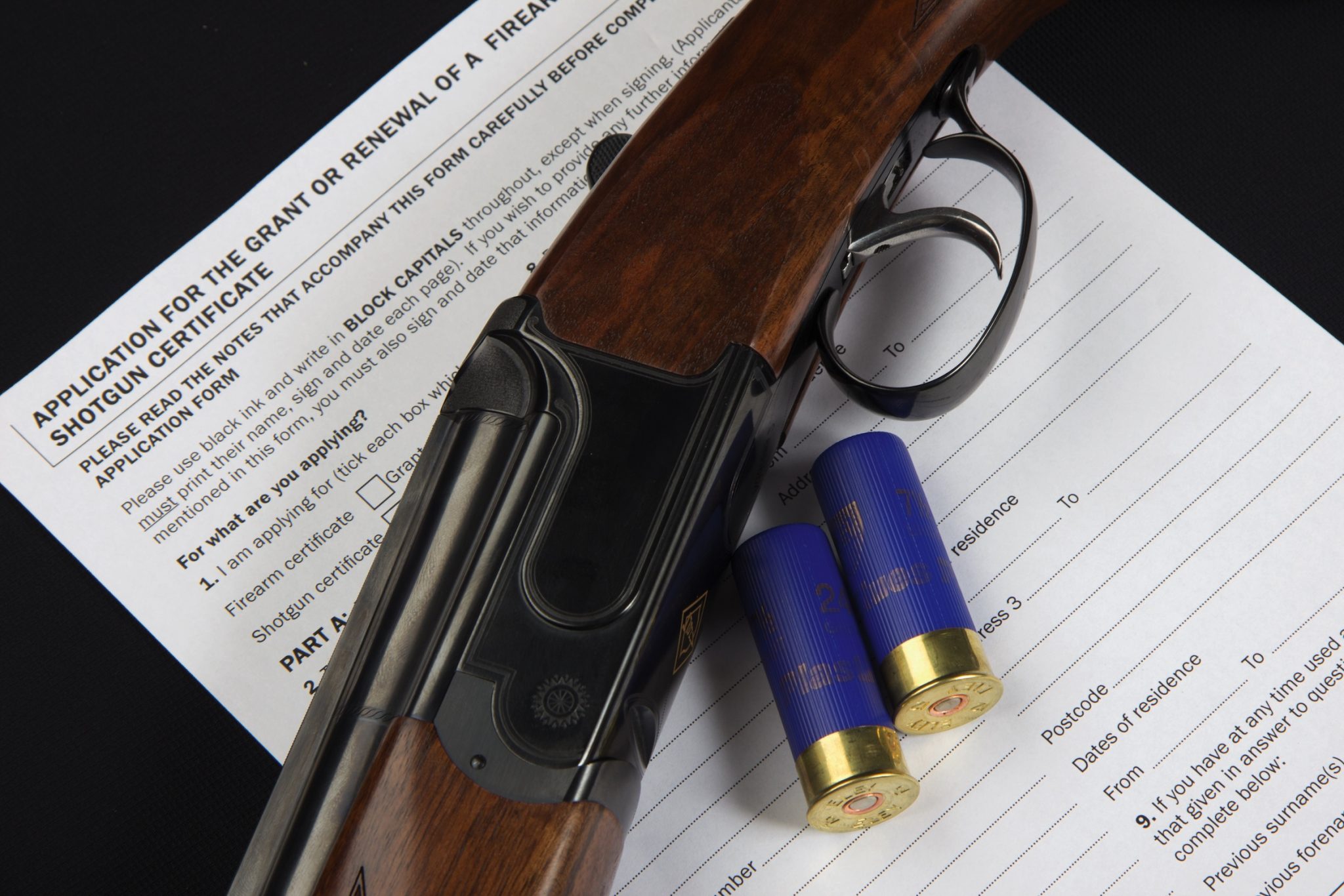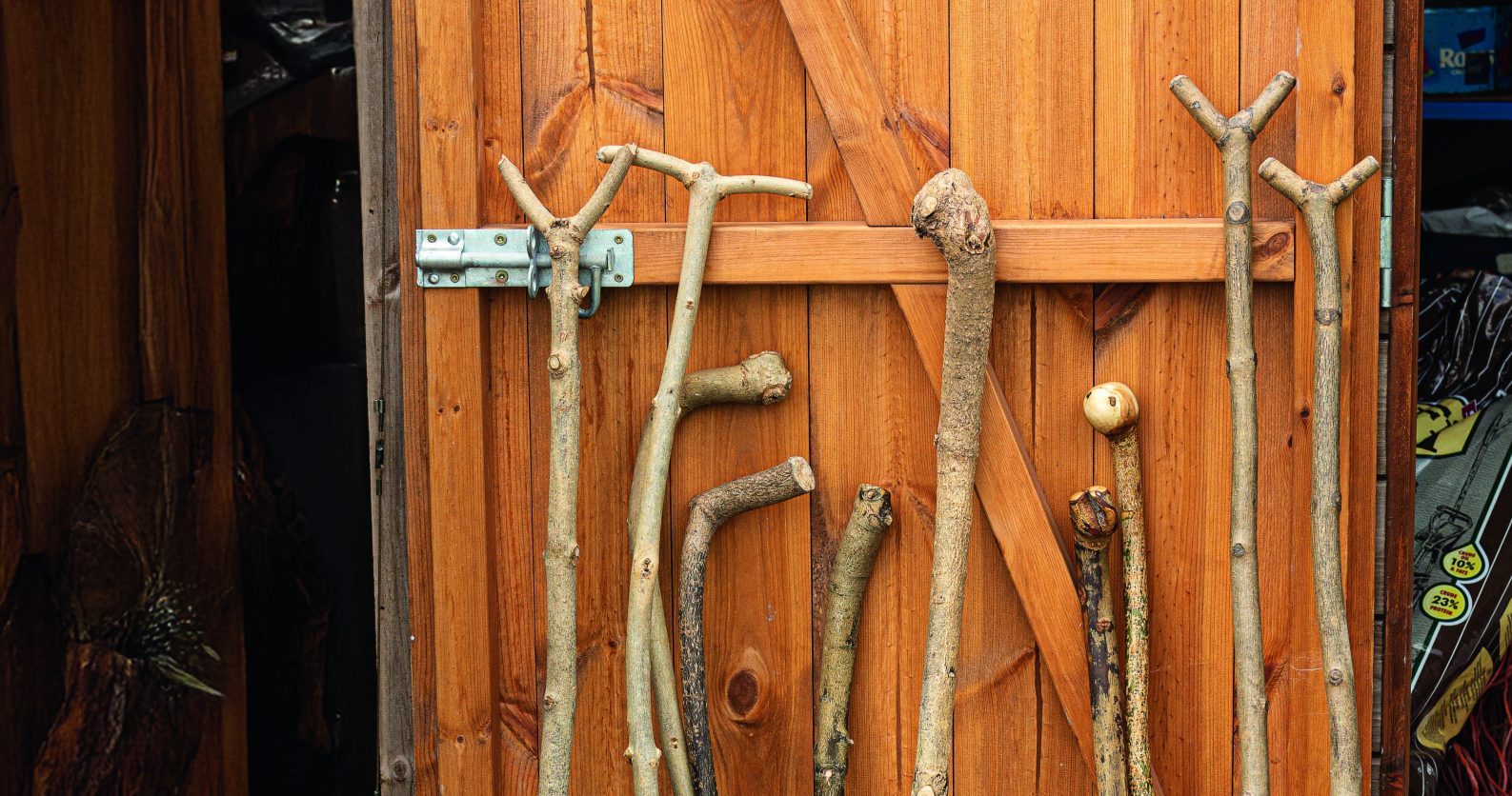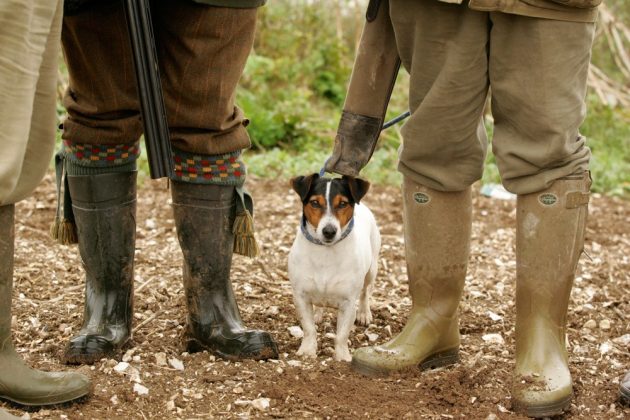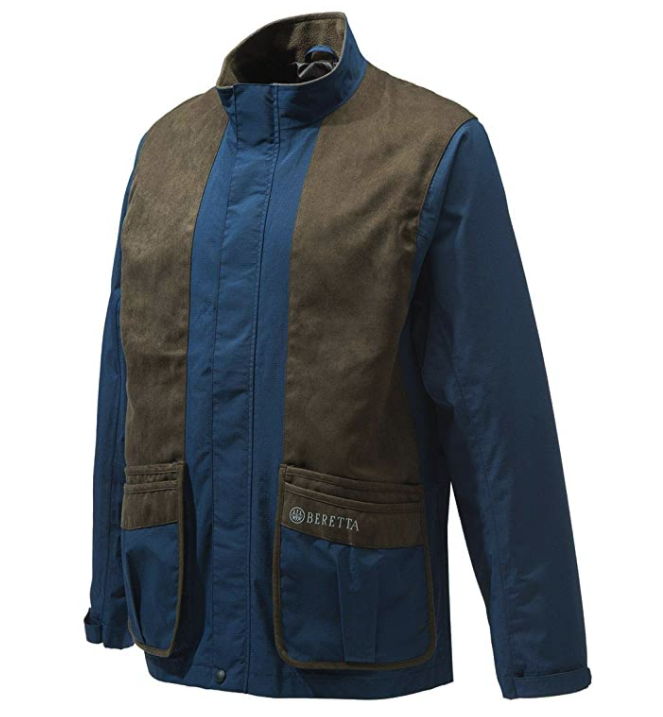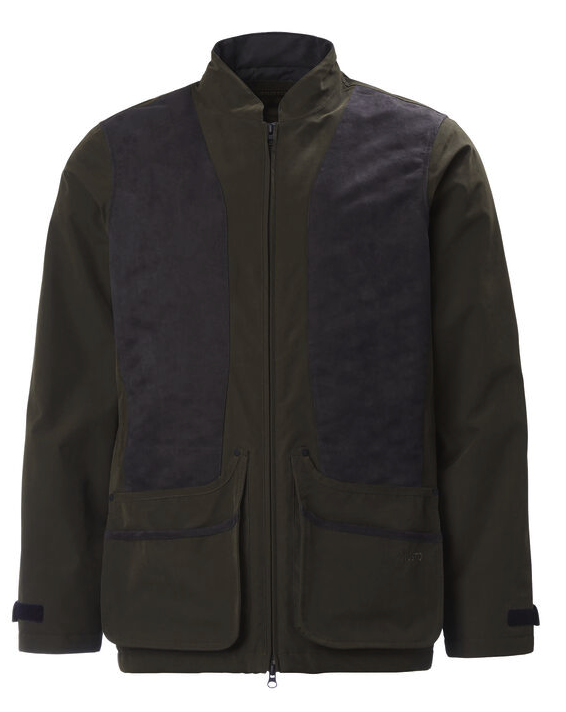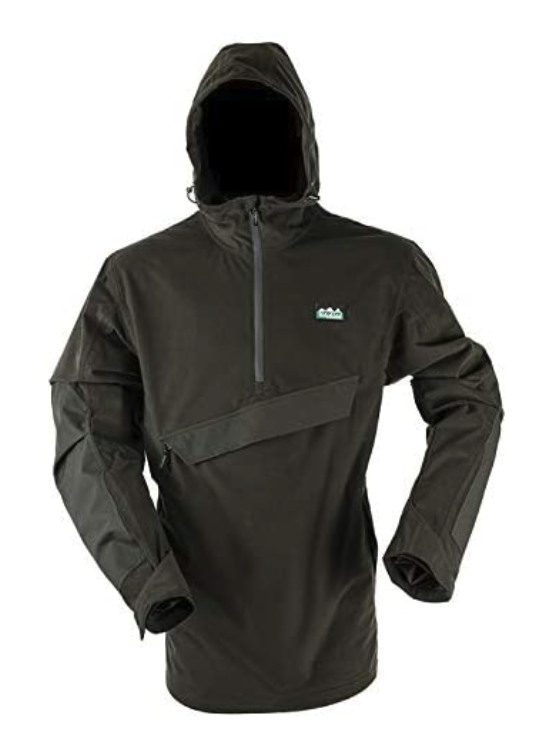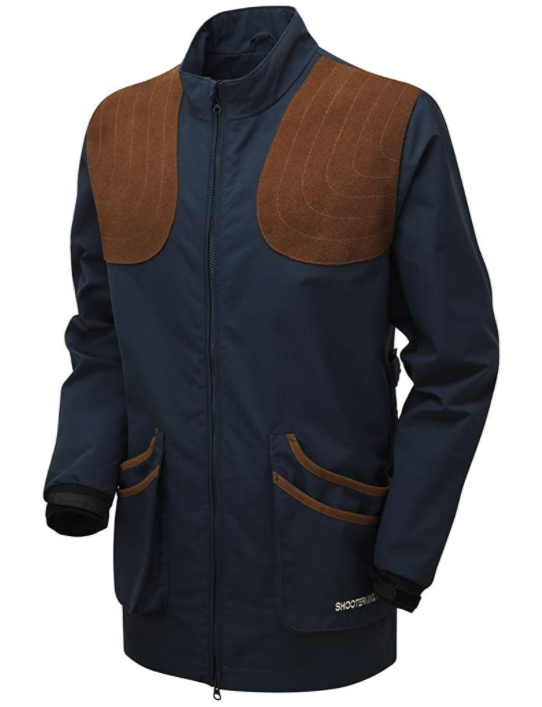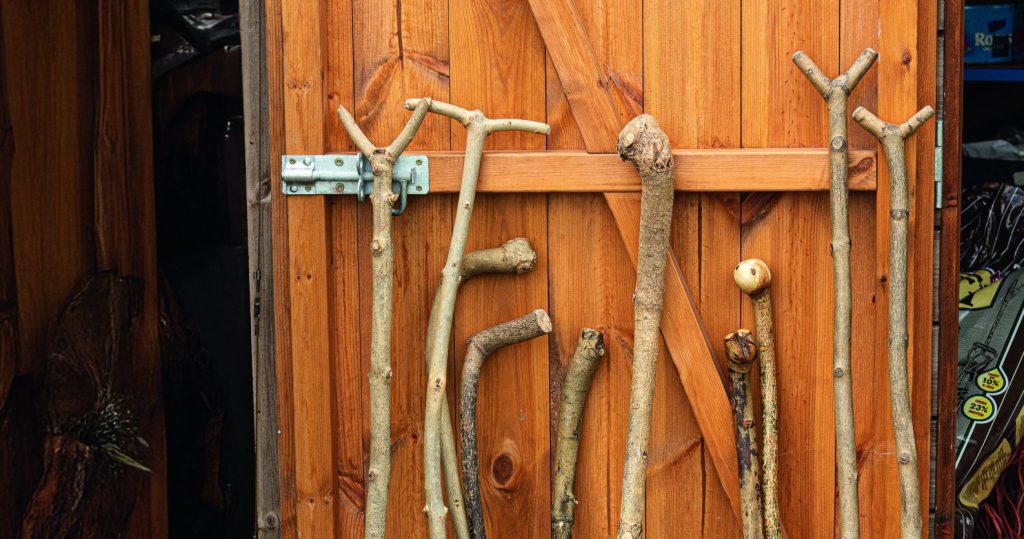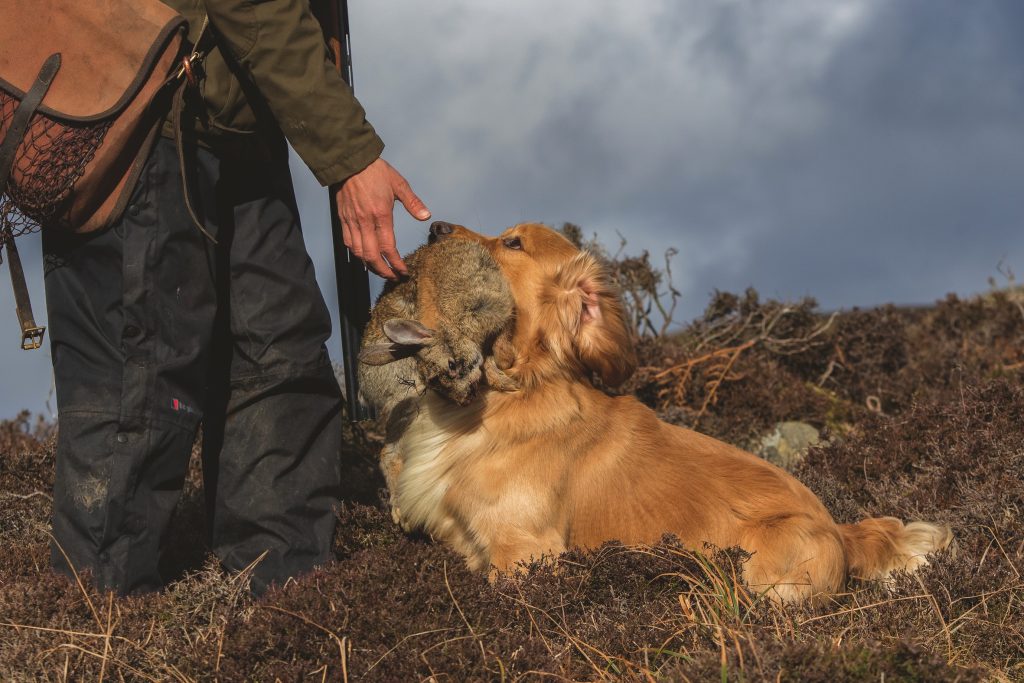Win CENS ProFlex DX5 earplugs worth £1,149 – enter here
The best clay shooting jackets
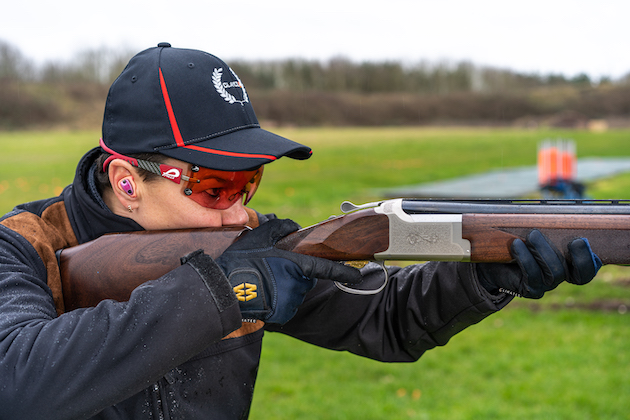 Browning 525 Liberty Light
Browning 525 Liberty Light
We are supported by our audience. When you purchase through links on our site, we may earn an affiliate commission. Learn more
You can be very exposed to the wind and rain on a clay ground and that’s when layers come into their own. So we’ve picked out a selection of the best clay shooting jackets around which would work well in a layering system. Whilst we’re on the subject of layers, check out our pieces on the best thermals for shooting and the best fleece gilets for shooting.
If you’re looking for the best clay shooting vests you’ll find a selection here.
What to look for in the best clay shooting jackets
Swinging the gun freely is key to success and you won’t want to feel any restrictions. All of the jackets listed below have been designed specifically for shooting clays, right down to the collar which will keep out freezing temperatures but won’t stop you getting the stock securely against your cheek. (You might also like to read our general advice on what to wear clay pigeon shooting.)
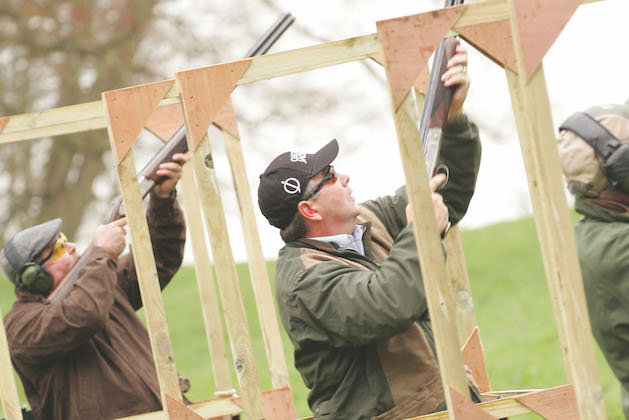
A good clayshooting jacket won’t restrict your movements
What the experts say
Tony Bracci, shooting instructor at Bisley, advises: “A shooting jacket should do everything to help with your shooting. It should fit and not impede your mount or your swing. It should have good cartridge pockets. Small collars are helpful and suede where the gun is mounted to the shoulder to help stop the stock slipping. For clay shooting any colour to suit your taste. If you need a recoil pad the a fitted pocket for it is useful.”
Rhys Plum, junior clay shooter and contributor to Sporting Gun, comments: “Clay shooting attire is evolving at a rate that some refuse to keep up with. Nonetheless, for those willing to get on board, there is a great variety of clay shooting jackets and vests that one can choose from.
“Some may choose a jacket with divided cartridge pockets, which is a good idea if you are keen on using more than one cartridge, as this will help keep your shells separated. Anyway, you’ll always find a way to fill the pockets with a snack, choke key, spare lenses etc.
“Ensure that you are happy with the fit. Mobility is, of course, extremely important, so make sure you can comfortably mount and move your gun whilst wearing the jacket.”
Clay shooting coach and Sporting Gun reviewer Becky Mckenzie says: “In a winter coat I like something warm, windproof, shower proof, that lets me move freely.”
The best clay shooting jackets
1. BERETTA Sporting Teal Shooters Jacket Blue Eclipse Waterproof Clays Game GT711T £99.99
Best for looks
- Material: Rip resistant material with a Beretta BWB EVO membrane
- Colours: Blue (as shown), green
- Sizes: S-XXXL
- Waterproof: Yes
+ Alcantara panels
+ Internal security pockets
BUY NOW
You won’t give the weather a second thought when you’re wearing this jacket because it is waterproof and windproof. It’s also breathable and lightweight so you can move freely around the clay ground. There is plenty of room for cartridges in the front pockets (which have drain holes) and a double pocket behind each. The shoulder patches will support and grip as well as offer a touch of Beretta flair.
2. Musto MONTROSE BR1 JACKET £185
Best for comfort and practicality
- Material: 52% polyamide, 48% polyester, trim 100% polyester, 60g wool insulation
- Colours: Rifle green
- Sizes: S to XXL
- Waterproof: Showerproof
+ Polysuede shoulder panels help gun mount and add durability
+Low, clay=style collar for a quick mount
Created from Musto’s unique BR1, two-layer fabric with polysuede shoulder panels, this jacket will look good on the clay ground AND protect you from the elements. It features an S clip so that you can attach protective glasses , has soft elastane cuffs for a close fit, an adjustable waist and a comfortable lining.
BUY NOW
3. Ridgeline Pintail Explorer II Smock £132.58-£134.95
Best for warmer weather and rain showers
- Colours: Green, teak, brown
- Sizes: XS to 5XL
- Waterproof: Yes
+ Breathable
+ Magnetic closure
BUY NOW
Clayshooter Lloyd Pattison says: “For shooters like myself who prefer a shorter jacket and who do not habitually wear a skeet vest , but instead use a pannier for carrying cartridges, I have found the Ridgeline Pintail Explorer to be an ideal piece of kit, both on and off the clay ground. Wind and waterproof, and made from their QUIET-TEX this smock is hard to beat. It is light and surprisingly warm and tough, with reinforced elbows and a wired hood for when the weather gets really rough.”
4. Shooterking Clay Shooter Jacket Blue XXX-Large Navy XXX-Large Navy £183.05
Best for all-round performance and style
- Material: Polyester
- Colours: Blue, grey, green
- Sizes: S-5XL
- Waterproof: Yes
BUY NOW
A good looking jacket with a host of features. It features cow suede leather on the shoulders and pocket trims for a smart contrast. Lightweight and breathable it gives unrestricted movement. The Cordura nylon outer is abrasion resistant, noiseless and robust. The two-way zips are robust and offer chin protection and inside zip pockets offer safe storage. There are also four cartridge pockets.
Related Articles
Get the latest news delivered direct to your door
Subscribe to Shooting Times & Country
Discover the ultimate companion for field sports enthusiasts with Shooting Times & Country Magazine, the UK’s leading weekly publication that has been at the forefront of shooting culture since 1882. Subscribers gain access to expert tips, comprehensive gear reviews, seasonal advice and a vibrant community of like-minded shooters.
Save on shop price when you subscribe with weekly issues featuring in-depth articles on gundog training, exclusive member offers and access to the digital back issue library. A Shooting Times & Country subscription is more than a magazine, don’t just read about the countryside; immerse yourself in its most authoritative and engaging publication.



